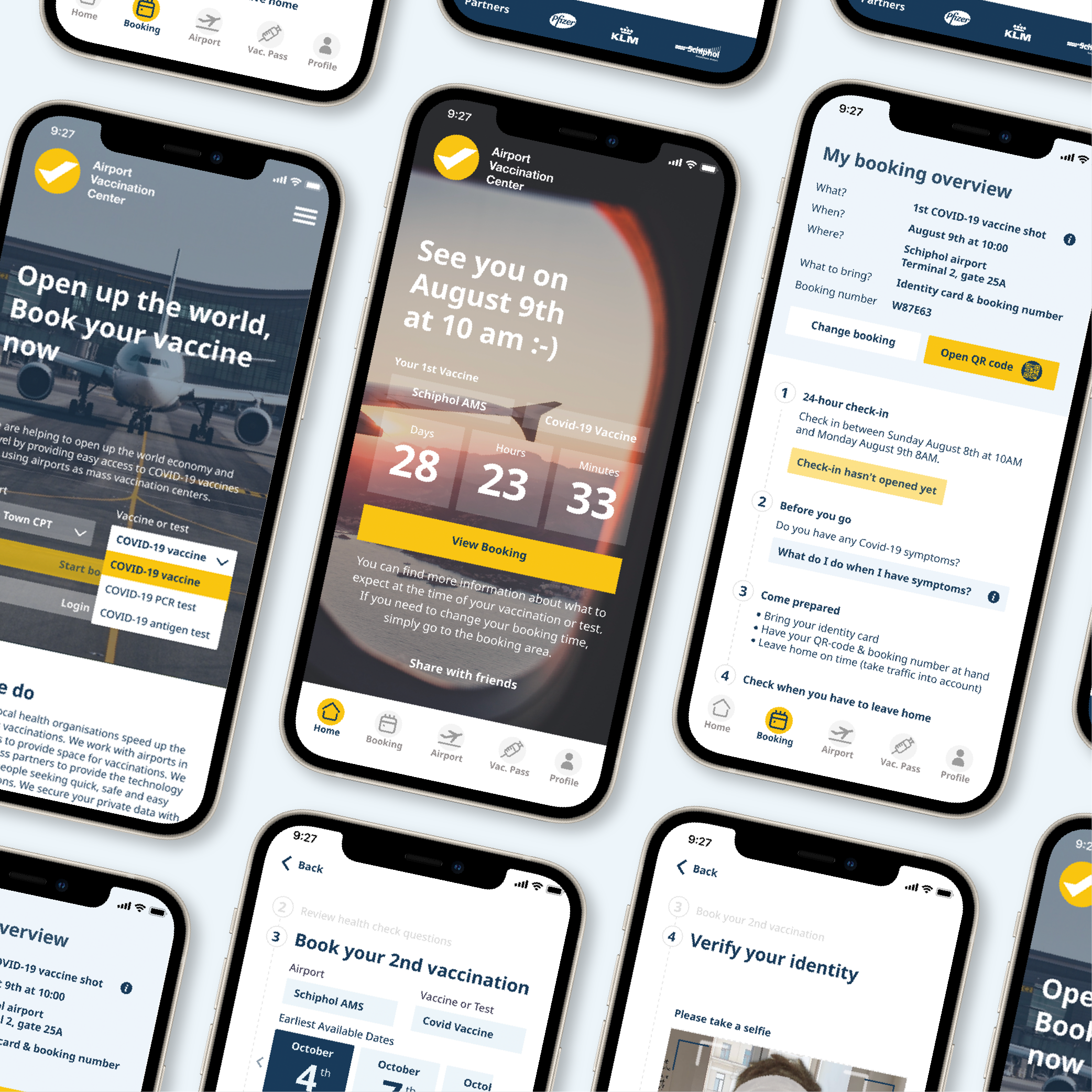UX/UI app design
User research
Usability testing
ElineSpreekt
Giving a voice to people who can't speak.
To improve communication between people with communicative disabilities and their environment, a user-friendly, personalized app was redesigned, tailored to both user groups.
Background
Designed for use, not user needs.
This iPad app was created for people with communicative disabilities (either congenital or developed later in life), so they can express themselves through images and sound. Initially the existing app was functional, but not very user-friendly. Improving people's lives is the most meaningful contribution to society as a UX designer, so of course I happily took this on as my graduation project.
My impact
Personalization is key.
The app is designed for a broad audience—caregivers, family members, and people with communicative disabilities, meant to be used individually by the environment and together. To accommodate all levels of ability, I built in extensive personalization, ensuring the app can adapt to each user's needs. An onboarding process helps users set up the app to their preferences from the start. To prevent unintended changes, I created a secure editor view specifically for caregivers, allowing them to safely customize the experience—like adding words to the home screen or changing the button size.
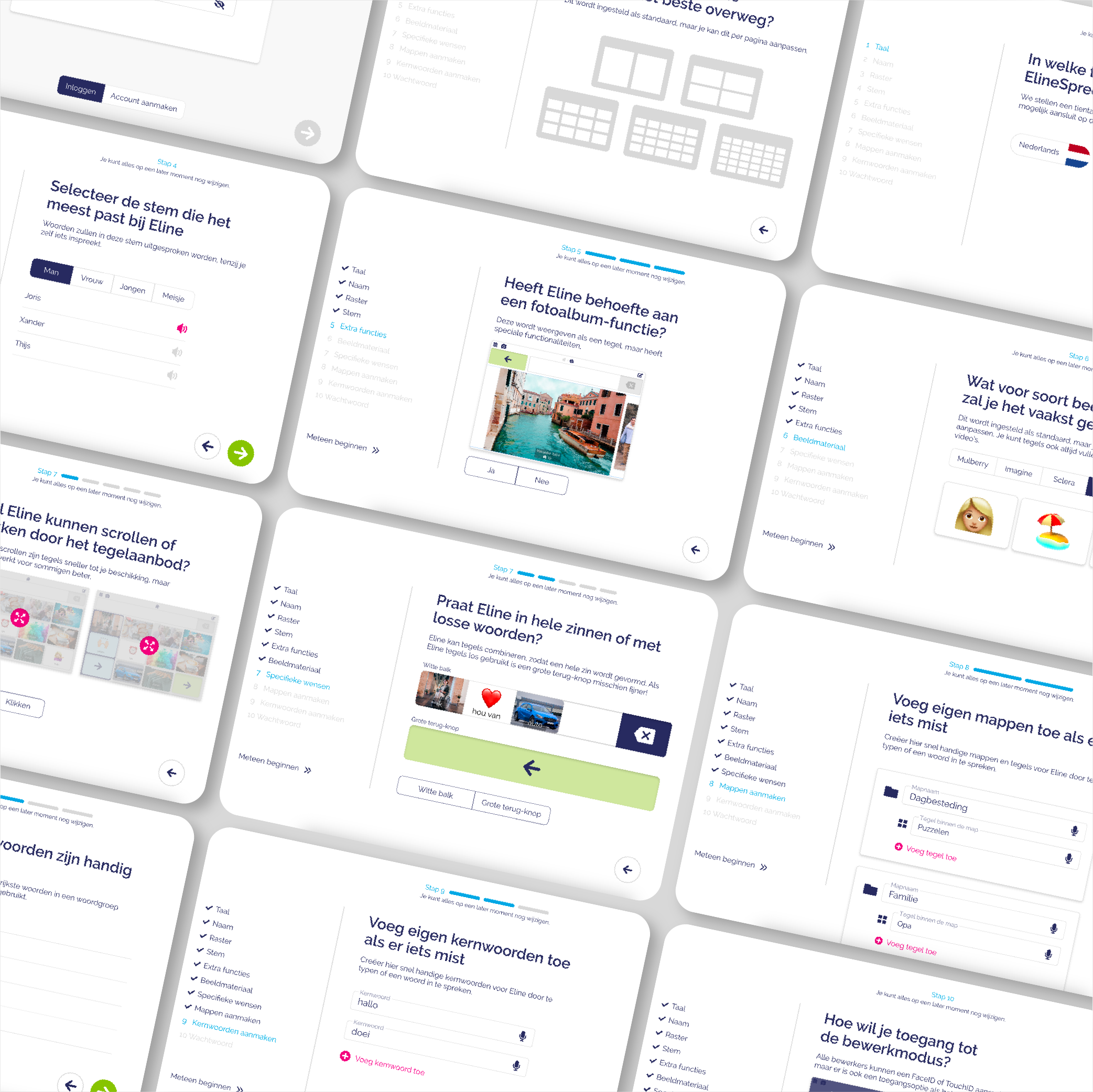
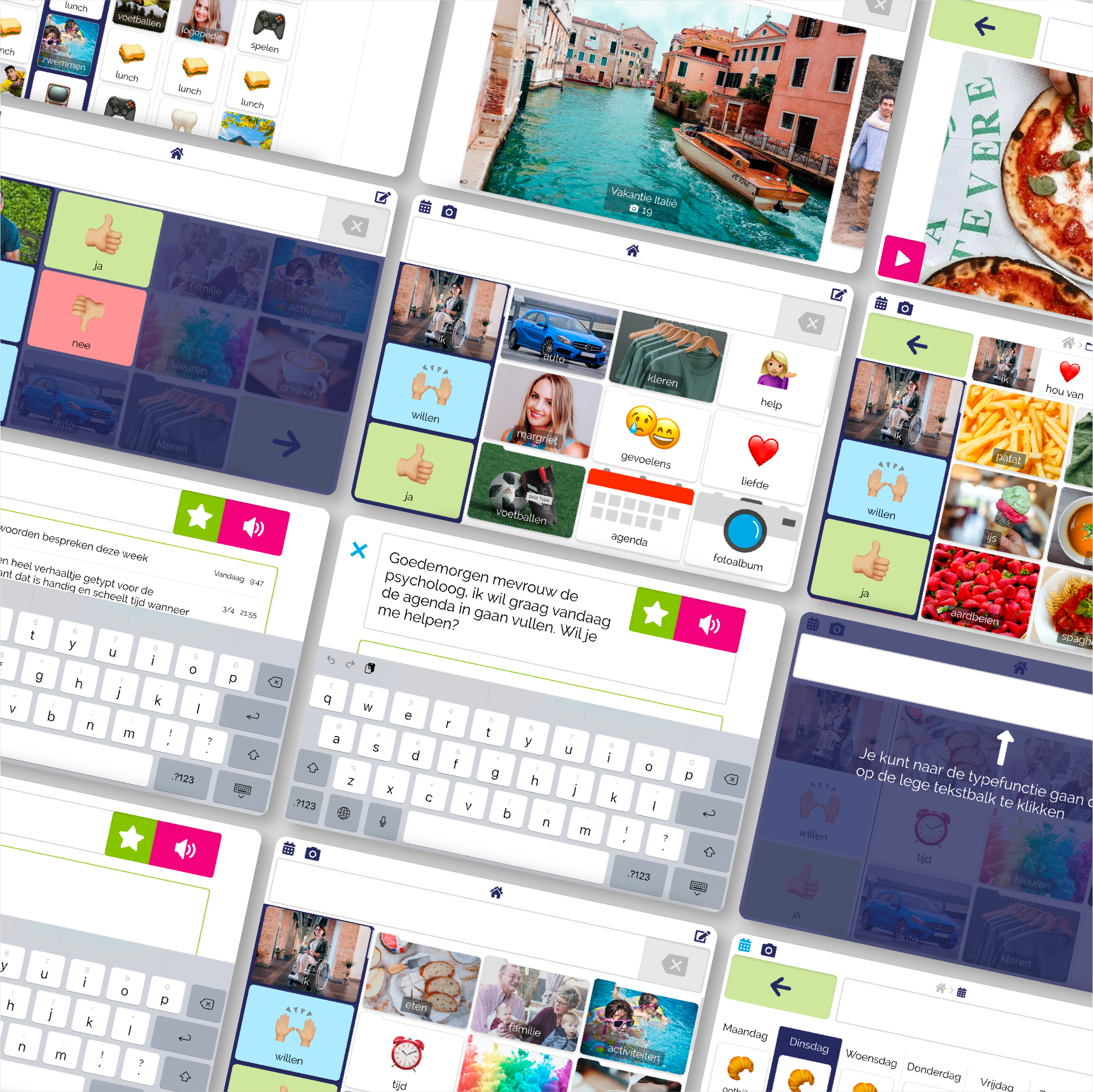
User research
A spectrum of abilities.
During my research I learned that people with communicative disabilities come in all shapes and sizes; one has full mental ability but has a shaky hand and the other has perfect hand-eye coordination, but has the mental capacity of a 3-year old. These variations have impact on the button sizes, whether they can form sentences or communicate with simple words, whether they can type/read or only use images, etc. By introducing personalization, the app adapts to each user— allowing everyone to use it in the way that suits them best.
Usability testing
Support for the support system.
In nearly all cases the end user will need assistance from their environment (family members and caregivers). Through research and interviews I came to the conclusion these users need their own interface, since they are able-bodied and need to complete very different assistive tasks in the app. All of these design choices were properly tested through multiple rounds of usability testing to ensure the interface is user-friendly for both the people with communicative disabilities, their family, and caregivers.
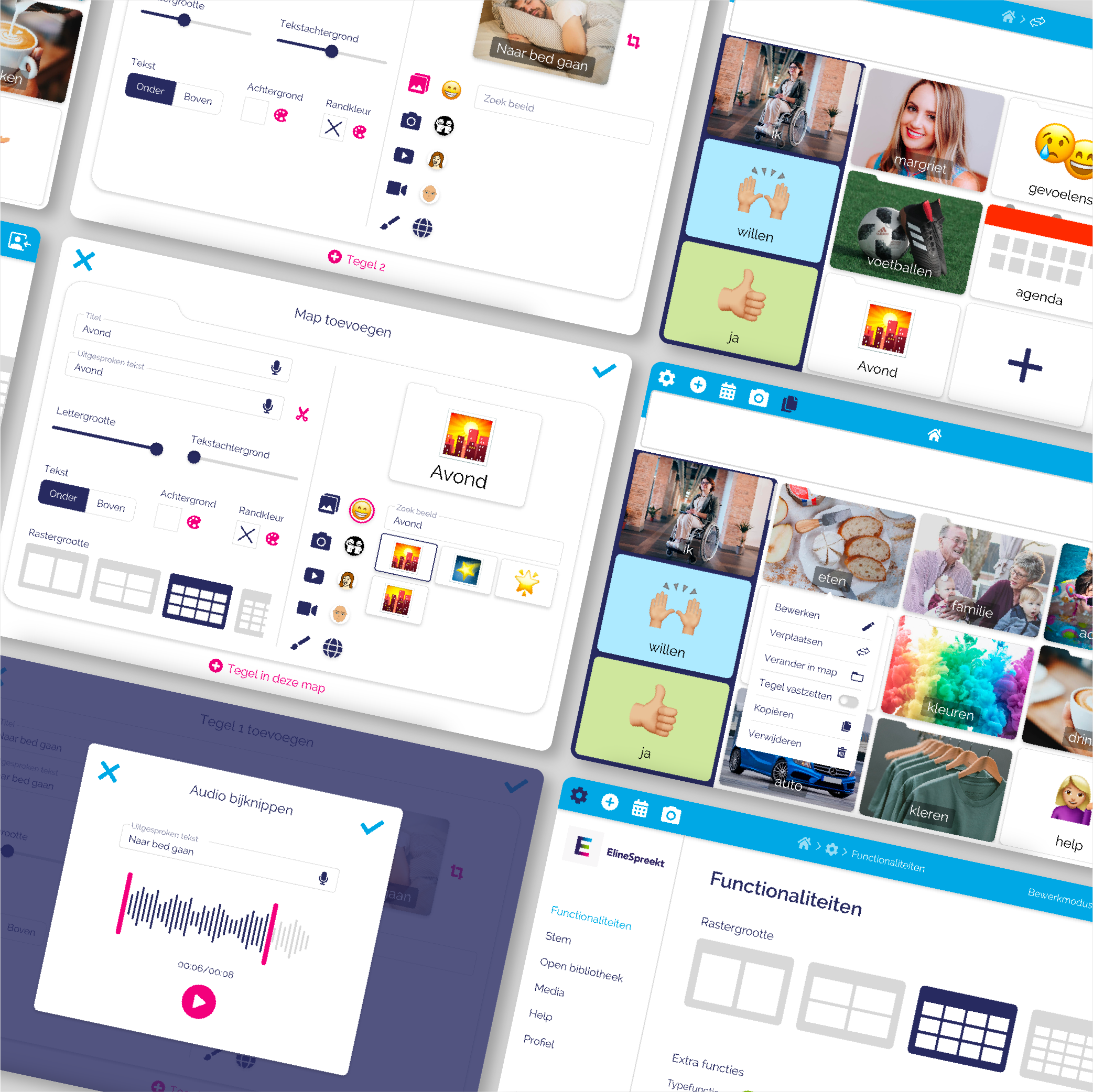
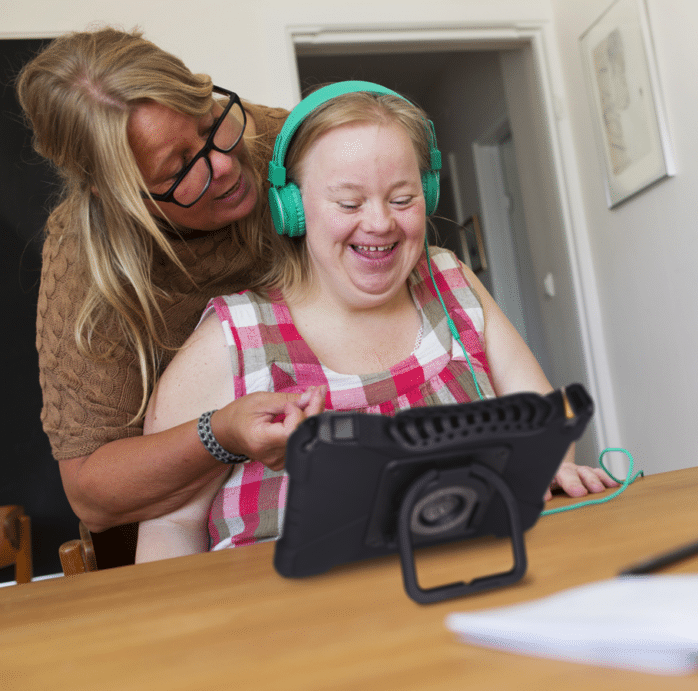
Client feedback.
At the end of the project, I received heartfelt praise and gratitude from families who shared that this redesign will genuinely improve their lives—and those of their children and partners. That kind of feedback means more to me than any university grade ever could. That said, I was also proud to have my work recognized academically with a score of 8.7 out of 10.
Excited about what you see?
I am very interested to hear what you think, whether it’s about my previous projects, potential future projects, the opportunity to work together or even if you want to tell me about your favorite movie. I am already looking forward to reading your message!

